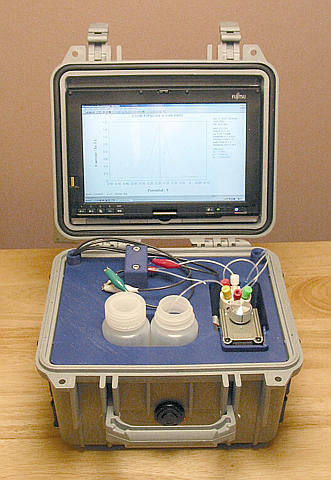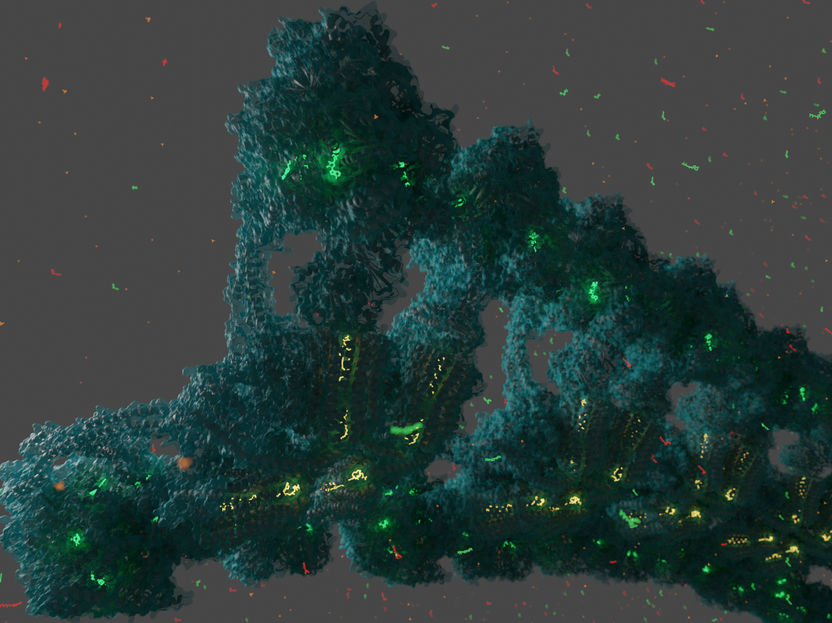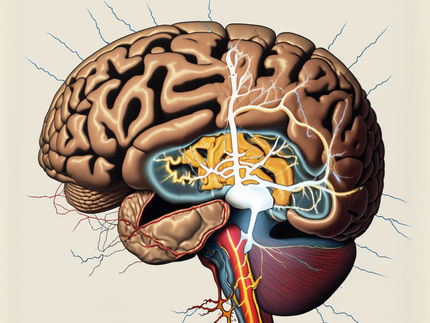Stroke patients' speech loss linked to loss of brain interconnections
When brain regions that control speech and reading comprehension are destroyed due to blockage of blood flow, patients are often unable to speak or comprehend spoken or written language. These difficulties with language, or "aphasia," are a common symptom in the aftermath of stroke. However, in a new study published in Restorative Neurology and Neuroscience, researchers report that damage to the underlying connections among different areas of the brain can also affect the severity of aphasia.
The brain's macro architecture of connections can be reproduced as a "connectome" composed of nodes representing various regions of the brain and their edges, the connections between such nodes. Some of these nodes function as hubs, which are fundamental to the overall organization and distribution of information throughout the brain. When a network hub has an excess of interconnections, it is part of a so-called "rich club network." There is a growing body of evidence that damage to this rich club network can impair various speech and reading functions in much the same way as direct damage to brain regions normally associated with speech and comprehension.
This investigation involved 44 patients who had experienced a left hemisphere ischemic stroke at least six months prior to the study. Aphasia testing used the Western Aphasia Battery, which determined overall aphasia severity, as well as sub-assessments of speech fluency, auditory comprehension, speech repetition, and naming. Each participant was assigned an Aphasia Quotient (WAB-AQ) as a measure of severity. MRI Diffusion Tensor Imaging (MRI-DTI), which can map the interconnections between brain regions, was used to identify the rich club network in each individual patient.
Investigators found that when imaging revealed that the post-stroke patients studied had different distributions of rich club nodes, their aphasia could differ markedly. They present a striking example in which two patients had similar volumes of stroke damage but very dissimilar numbers of rich club nodes remaining nearby. Patient B had more severe aphasia (lower WAB-AQ = 23.6) than patient A (WAB-AB = 64.6).
"Subjects whose spared cortical language regions are integrated into the remaining network as rich club nodes are less likely to have more severe forms of aphasia," explained lead investigators Ezequiel Gleichgerrcht, MD, PhD, and Leonardo Bonilha, MD, PhD, from the Department of Neurology, Medical University of South Carolina.
While clinical practice has often focused on the direct damage to the grey matter of the brain, new mapping techniques such as MRI-DTI can examine the white matter connections throughout the brain. The investigators stressed that, "These findings further highlight the potential relevance and utility of mapping the neural connectome of individual subjects. Identifying patterns of white matter integrity has the potential to add valuable information to the well-established volume-based analysis of clinical, neuropsychological, and language outcomes from both theoretical and clinical perspectives."
Most read news
Organizations
Other news from the department science

Get the life science industry in your inbox
By submitting this form you agree that LUMITOS AG will send you the newsletter(s) selected above by email. Your data will not be passed on to third parties. Your data will be stored and processed in accordance with our data protection regulations. LUMITOS may contact you by email for the purpose of advertising or market and opinion surveys. You can revoke your consent at any time without giving reasons to LUMITOS AG, Ernst-Augustin-Str. 2, 12489 Berlin, Germany or by e-mail at revoke@lumitos.com with effect for the future. In addition, each email contains a link to unsubscribe from the corresponding newsletter.
Most read news
More news from our other portals
Last viewed contents
Federal_Food,_Drug,_and_Cosmetic_Act
Tunica_intima
Band_3
Puffball
Pope_Pius_IX
Drought_tolerance
Institute_for_the_Study_of_Academic_Racism

New sensor system improves detection of lead, heavy metals - PNNL develops inexpensive portable detection system for rapid, accurate analysis of toxic metals
Varicella_zoster_virus
Stanisław_Burzyński



















































